Defying Gravity
In just 50 years, Florida International University has surged into the ranks of R1 institutions while making good on a promise to serve the residents of its vibrant South Florida community.
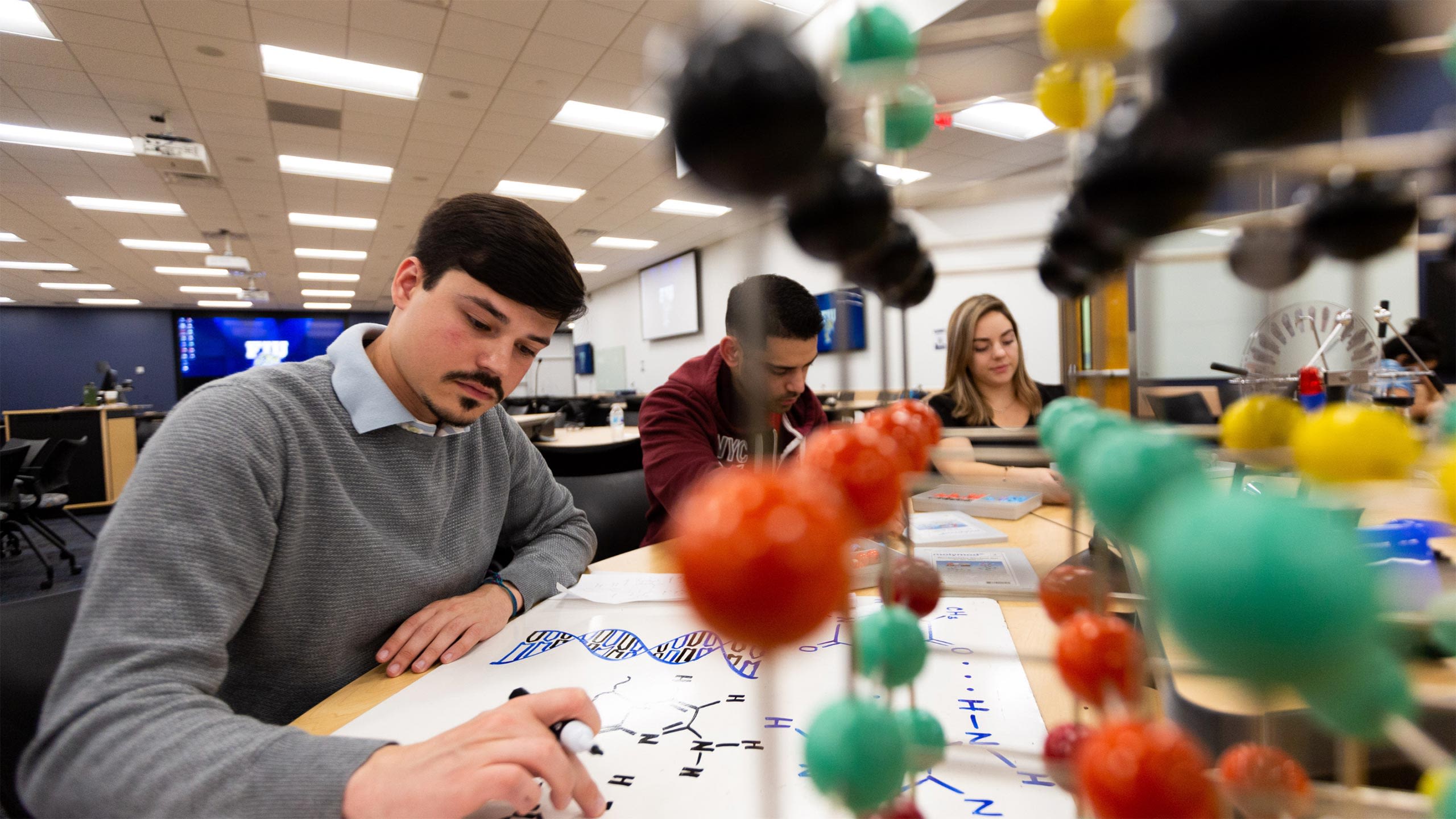
The oldest structure at this young university isn’t a classroom building or a dormitory or the administrative headquarters.
At Florida International University, the original campus building was once used as an air traffic control tower. It still stands in the middle of campus and remains the perfect vantage point — and an apt symbol — for a high-flying university that’s celebrating its 50th anniversary this year.
Not only has this South Florida university grown quickly into one of the nation’s largest and most diverse institutions of higher education, it has developed an extensive research enterprise while lifting up its students into better lives for themselves and their families. FIU’s success at enrolling and graduating large numbers of low- and middle-income students has propelled it to No. 1 overall among Florida’s state universities and into the top 5 among the nation’s public universities for social mobility.
“At FIU, we are defying gravity,” interim President Kenneth A. Jessell said earlier this year. “We are investing in the success of our students and, ultimately, our community.”
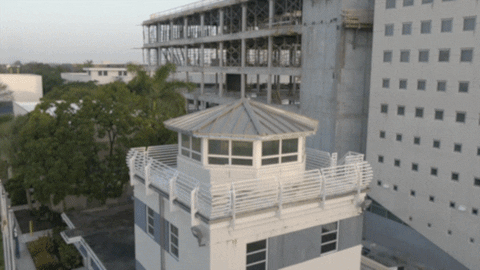
Five decades of high-flying growth
FIU’s story began in the mid 1960s, when the Florida legislature ordered a state university to be created in Miami. Its founders picked the site of a former airfield and held their planning meetings in the airport’s old control tower.
The new university welcomed its first students in 1972. It was big from the beginning: It launched with nearly 5,700 students, making it the largest opening enrollment of any college in U.S. history.
FIU’s enrollment and the university itself have grown quickly over the past five decades. FIU has added buildings, campuses, master’s and doctoral programs and professional schools in medicine, law, architecture, international affairs and others. It has a Phi Beta Kappa chapter and an NCAA Division I athletics program.
Today, FIU enrolls more than 56,000 students across 11 schools and colleges and 200-plus degree programs. Nearly half of its students are bilingual, and almost 90% are minorities. It’s now the nation’s leading producer of minority students with bachelor’s degrees, and it graduates more Hispanic Americans with bachelor’s and master’s degrees than any other U.S. university.
FIU has built top-rated programs in hospitality and tourism management, marine biology, international business, global policy and creative writing. Its faculty and researchers conduct cutting-edge work on topics such as aquatic ecosystems — FIU has the world's only underwater research laboratory — hurricane mitigation, wireless communications, tropical conservation, and protection and restoration of water resources in the nearby Everglades.
FIU’s expansion over five decades has drawn notice. In 2015, the Carnegie Classification recognized it as a doctoral institution with very high research activity — the coveted R1 category, which puts FIU among the top 3% of universities in the county. Over the past five years, FIU has jumped 54 places in the annual U.S. News & World Report college rankings. No other R1 university has climbed so fast in that time.
Throughout all of this growth, FIU has kept its eye on its students. In April, FIU was recognized by the Association of Public and Land-grant Universities and the Coalition of Urban Serving Universities for aligning its work with Florida’s university performance-based funding model while advancing equity, serving as an anchor institution in the Miami area and helping its students fly to new heights.
“We are proud of the outcomes realized through our work, collaborating in finding solutions to some of the biggest hurdles faced by urban research universities,” said Elizabeth Béjar, FIU’s interim provost, executive vice president and chief operating officer. “That includes the concurrent development and growth of academic excellence and equity."
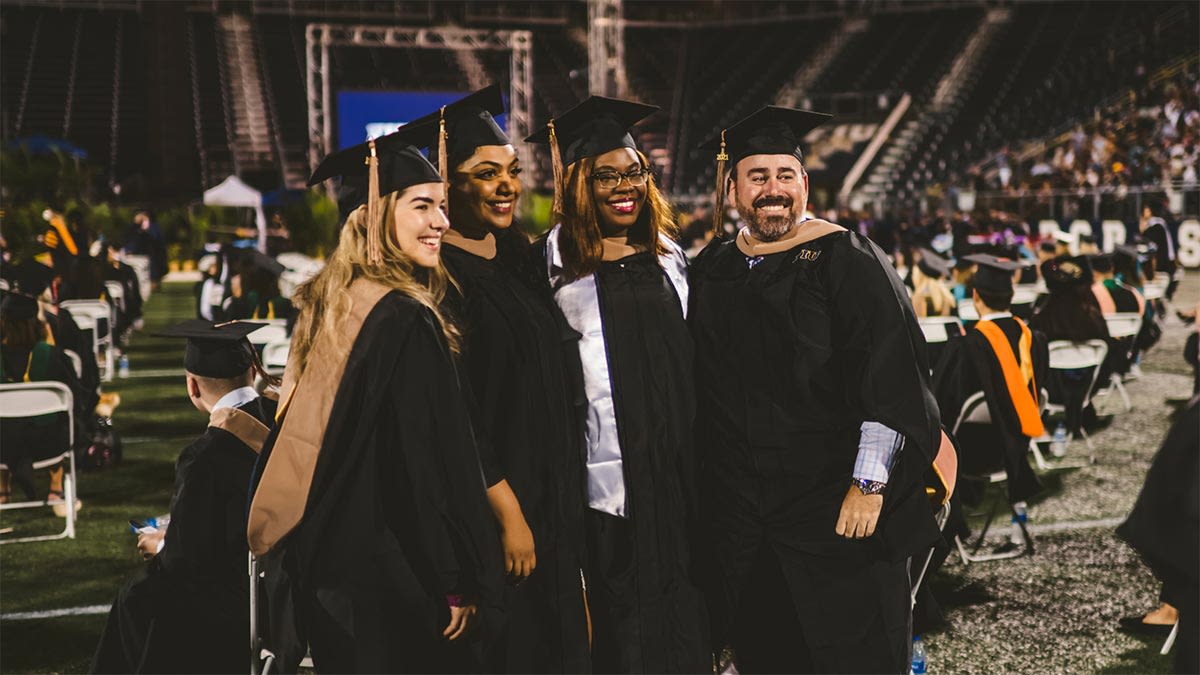
FIU is defined by its proven student success techniques, groundbreaking research and high social mobility that uplifts students and accelerates their success.
FIU is defined by its proven student success techniques, groundbreaking research and high social mobility that uplifts students and accelerates their success.
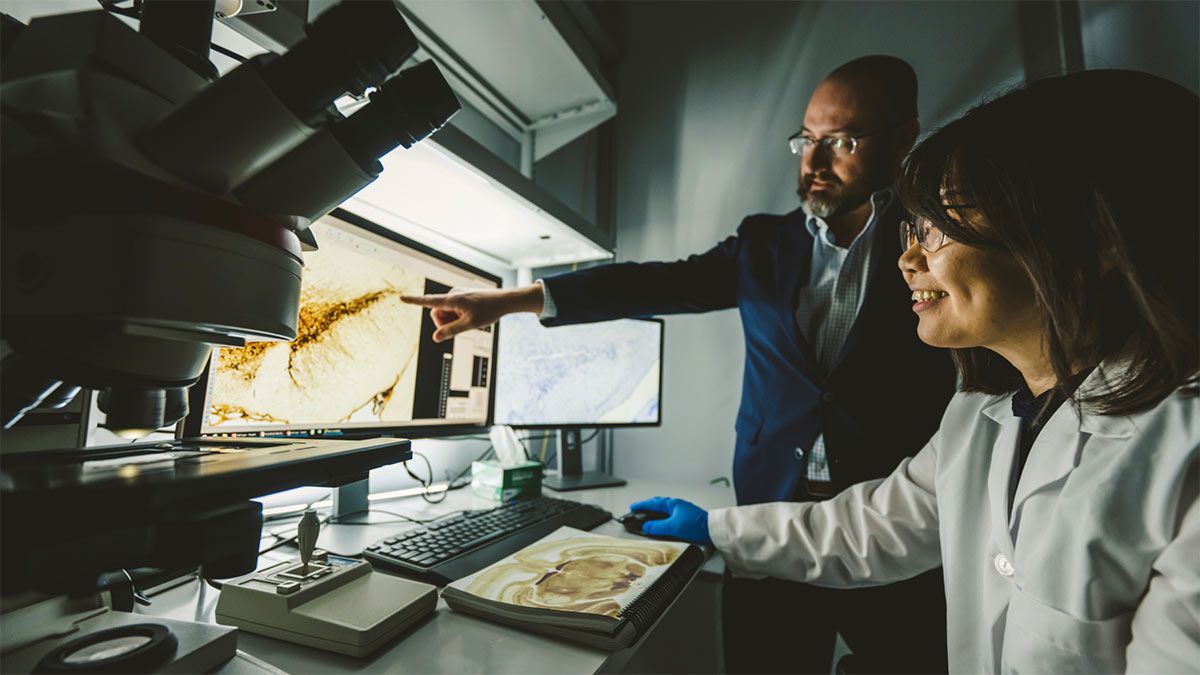
With more than $246 million in research expenditures in 2021, FIU is a top tier research institution placed in the same category as only 3% of universities.
With more than $246 million in research expenditures in 2021, FIU is a top tier research institution placed in the same category as only 3% of universities.
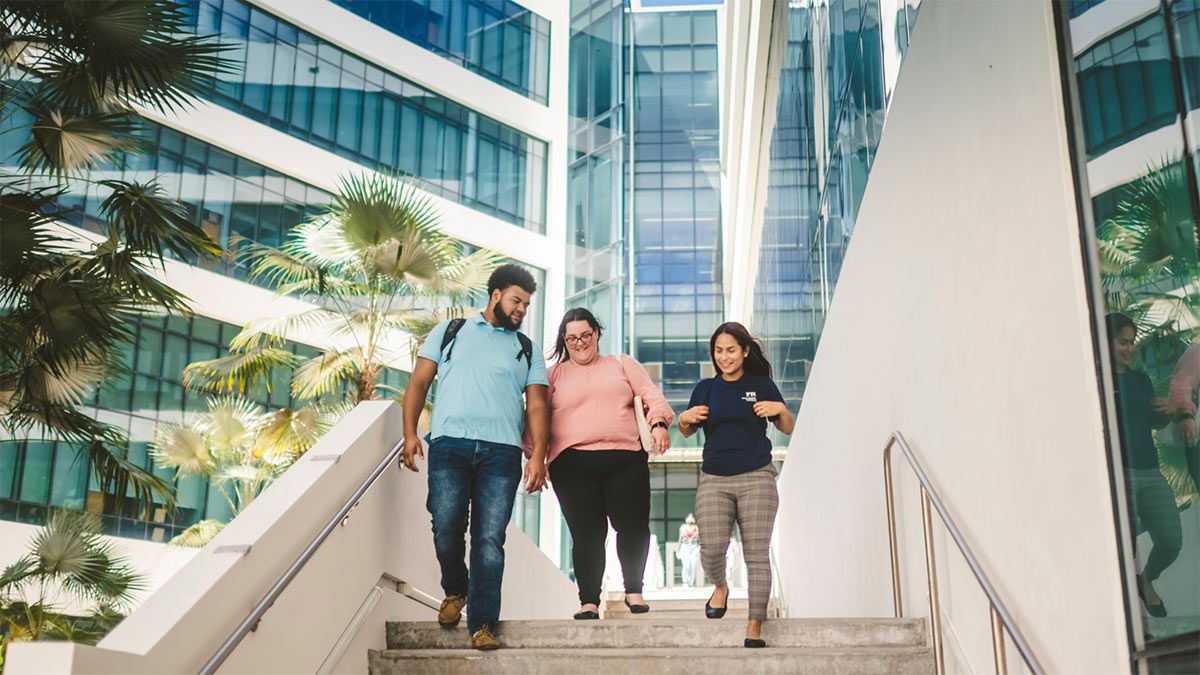
FIU serves a student body of more than 58,000 and 270,000 alumni, with over 10,000 faculty and staff members.
FIU serves a student body of more than 58,000 and 270,000 alumni, with over 10,000 faculty and staff members.
An engine of social mobility
A persistent challenge in higher education is graduating low- and moderate-income students. Simply put, they earn college degrees at much lower rates than their more advantaged peers.
But for FIU to be an engine of both social mobility and economic development for its South Florida region, it had to confront this issue. A quarter of its students are first-generation college students. Nearly half qualify for federal Pell Grants to help pay for school.
As FIU expanded its academic program and research enterprise, it also developed a high-tech, high-touch approach to support students from under-resourced families and communities.
And it’s working: More than 90% of FIU’s first-generation college freshmen are returning for their sophomore years. Its Pell recipients are the largest bloc of undergraduates who earn an FIU degree in four years. FIU’s six-year graduation rate for Pell recipients sits at 64% — well above the national average.
“FIU recognizes that we have a responsibility to support the whole student,” Béjar said. “If a student is struggling, either academically or financially, they will carry those struggles as they transition to their first career.”
So how did FIU do it?
Making the grade
Known for turning the impossible into the inevitable, FIU implemented significant innovations all across campus.
FIU hired additional advisers to support students throughout the university's nonstop year-round schedule. It redesigned 20 prerequisite courses with overly high failure rates to incorporate greater engagement and interaction and improve pass rates. It also set up a peer “learning assistant” model in which high-achieving undergraduates give individualized help on the spot to other students in certain science and math courses.
FIU established the STEM Transformation Institute to support its 12,500 STEM majors and develop research-based best practices to prepare them for successful careers. The university set up a math-mastery lab to provide an alternative to traditional lecture learning, with peer mentors guiding the way, and ramped up programs to spur first-gen minority students to consider and prepare for graduate school. “Active learning” classrooms, easily configurable for small-group collaboration, began dotting the campus.
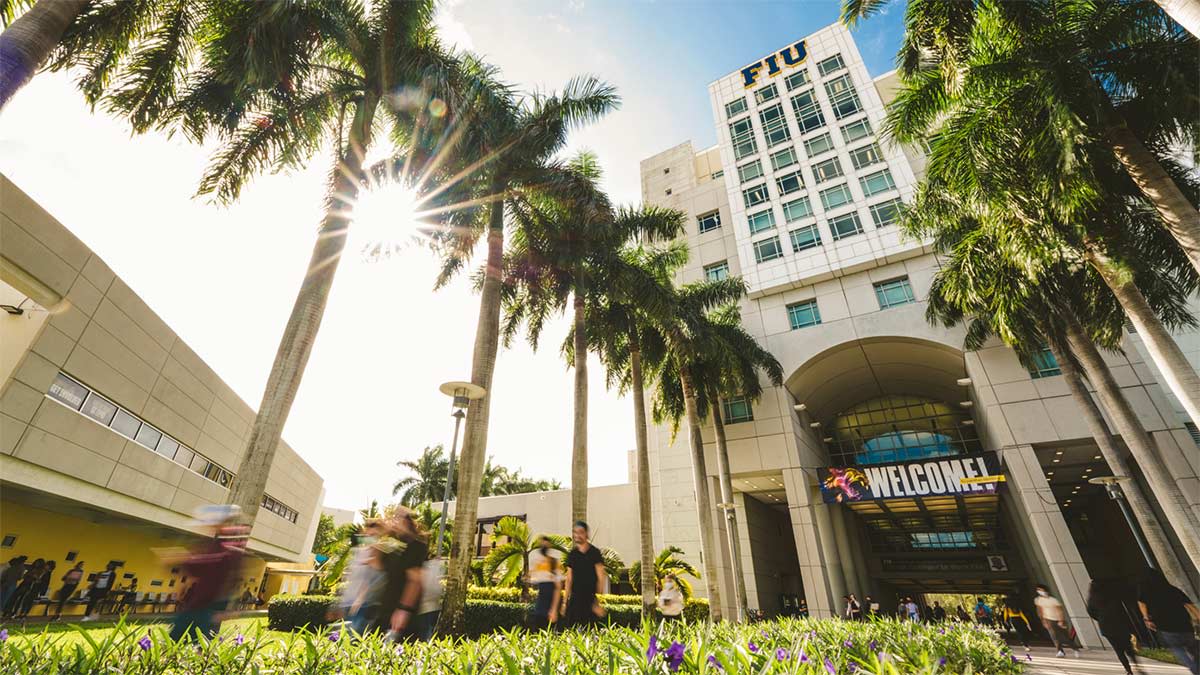
Florida International University is Miami’s Carnegie R1 public research university and is focused on making a real impact in teaching and research.
Florida International University is Miami’s Carnegie R1 public research university and is focused on making a real impact in teaching and research.
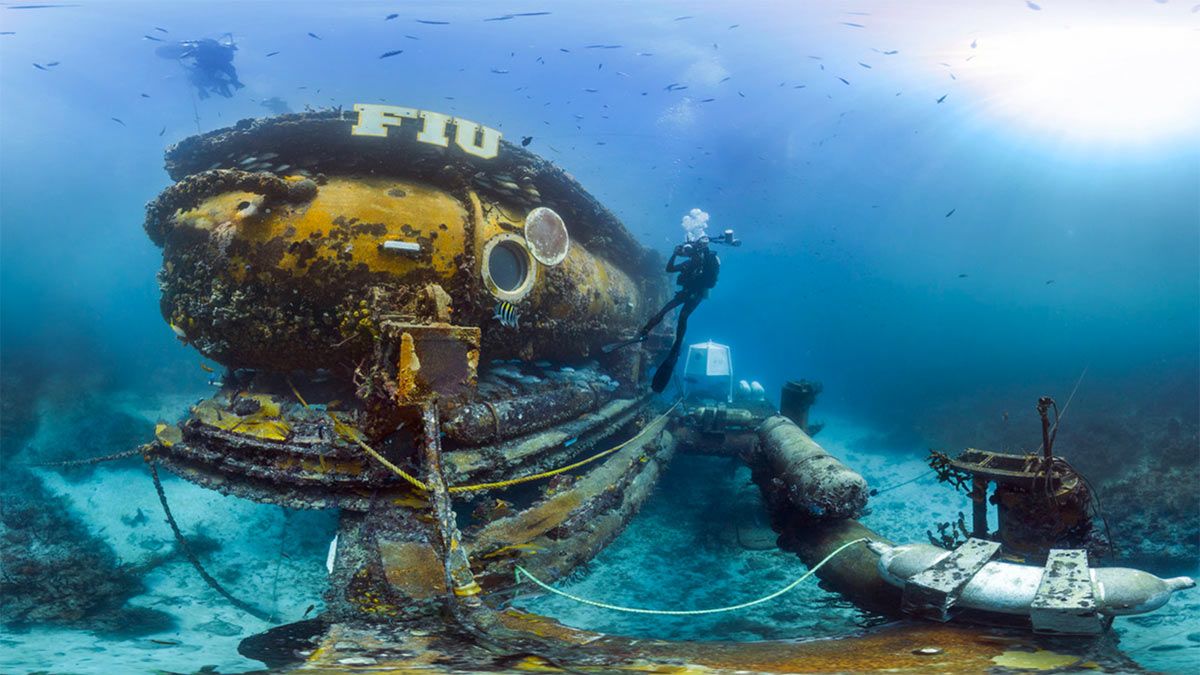
Aquarius Reef Base is the world’s only underwater laboratory, located 60 feet beneath the surface of Florida Keys National Marine Sanctuary.
Aquarius Reef Base is the world’s only underwater laboratory, located 60 feet beneath the surface of Florida Keys National Marine Sanctuary.
Keeping costs low
Florida remains one of the nation’s best higher-education bargains. Even so, some FIU students have found themselves working long hours to help their families or cover transportation and other costs.
To ease the burden on students in their final year of school, FIU began awarding completion grants of roughly $1,000. The university also established other special funds to support high-achievers who otherwise might not have the means to make it through FIU in a timely fashion.
When Andrea Ramírez Torres and her family were forced from their home in Puerto Rico by a devastating hurricane in 2017, heartbreak and financial woes might have conspired to keep her from pursuing a bachelor’s degree. Instead, an FIU tuition fund established specifically for storm survivors made it possible for her to attend college.
Torres, a double-major in biochemistry and natural and applied sciences, joined the Honors College. She earned a prestigious research award for work she initiated in a campus forensic lab and has presented her findings to industry and academic experts at conferences. She earned her degree in 2021 and is now pursuing graduate studies.
Torres’ story is but one — of more than 280,000 written over the past 50 years — that began with an FIU degree. Today, this young upstart university has met and exceeded benchmarks set by much older institutions, and it has established new standards now chased by others. FIU remains committed to a vibrant South Florida and a global community in need of creative solutions. And FIU is just getting started.
This content is paid for and written by Florida International University. The editorial staff on Inside Higher Ed had no role in its production.


